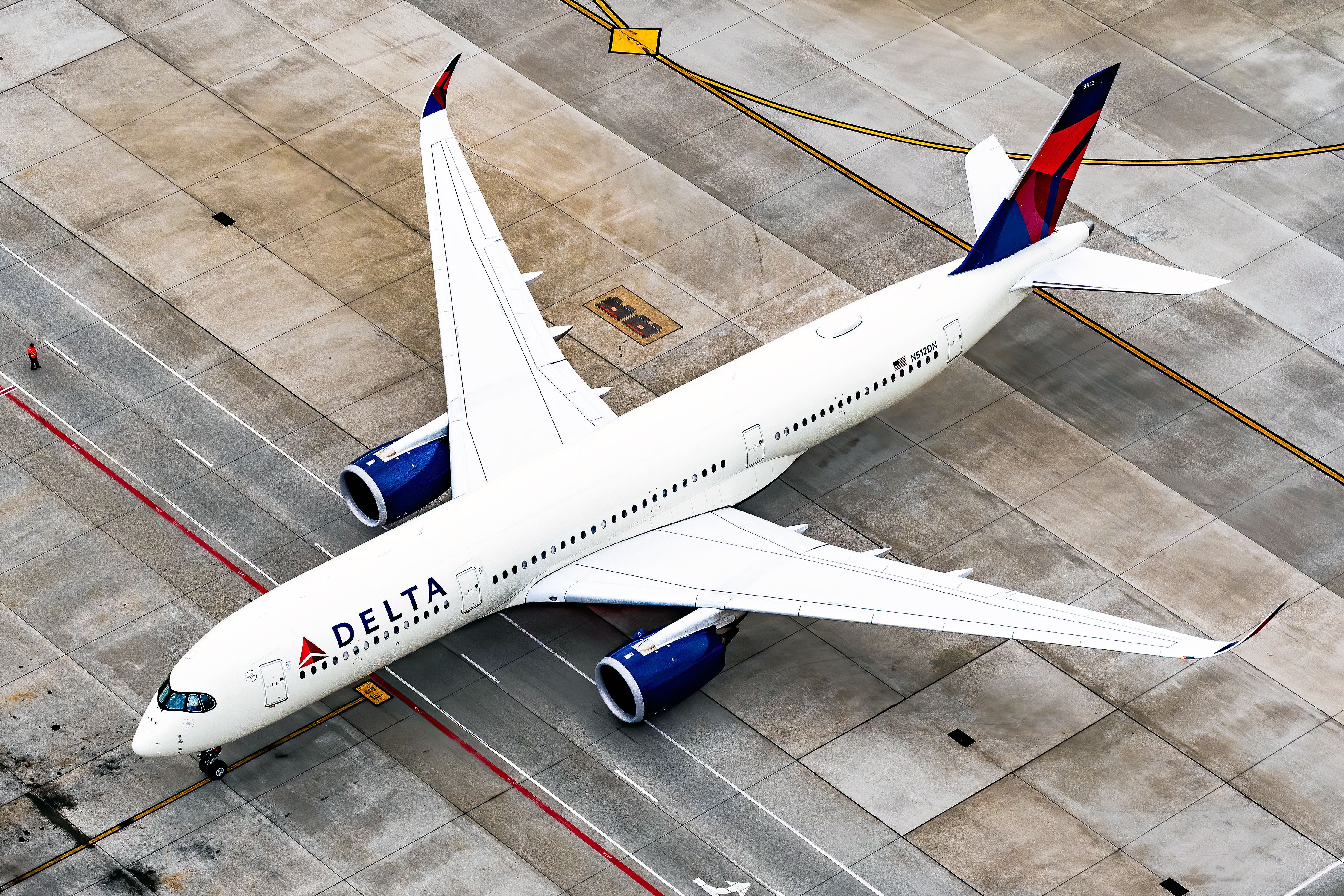Inflight WiFi has increasingly become an amenity we expect on flights, particularly on long-haul routes such as London to Los Angeles or Dubai to Sydney. Some airlines now offer WiFi across their entire fleet, and many narrowbody aircraft also have WiFi onboard. However, just a few years ago, inflight WiFi was only offered by the most premium airlines, and only a select few would pay such high prices in exchange for a connection with what was going on below.
Now, things have changed. Airlines are ordering aircraft with built-in WiFi networks and are installing these systems on their older planes. Even though inflight WiFi has become normalized across commercial aviation, very few passengers even stop and wonder how inflight WiFi works. In this guide, we will discuss how passengers are able to remain connected despite being 35,000 feet above the ground.
Aircraft antenna
Almost all modern aircraft are equipped with an antenna, which is often connected to the belly of the airplane. The antenna is used to transmit information to the ground. Originally, airlines used this antenna to solely transfer information between the aircraft in the air and the airline's offices down on the ground. However, they then realized the potential of offering inflight connectivity. As a result, airlines invested in installing WiFi systems on their aircraft to increase their competitiveness, especially on busy routes.
How does Inflight WiFi work? ATG and Satellite systems
Most airlines operate on a hybrid WiFi operating system, which switches between ATG WiFi and Satellite WiFi, depending on the location of the aircraft. In an Air-to-ground (ATG) WiFi network, the aircraft works as a hotspot that passengers connect to. The signal is transmitted from cell towers located on the ground to the aircraft in the sky and vice versa. This allows passengers to send emails and texts or browse the internet during their time in the sky.
However, one major disadvantage of the system is its lack of connectivity over water. The ATF network relies on cell towers and so on transatlantic or transpacific routes, the ATF network alone cannot provide a reliable WiFi network. This is where Satellite WiFi comes in. Instead of transmitting information to and from cell towers, information is passed through satellites that orbit our planet and is then transferred back to ground.
Future of Inflight WiFi - decreasing prices and increasing availability
While most airlines still charge passengers to use WiFi, even for simple text messages, this may quickly become history, given the degree of dependency of everyday business and leisure activities on connectivity. Airlines may soon find that inflight connections are simply a necessity for all passengers, and they may therefore decide to universally offer free inflight WiFi. Some airlines, such as JetBlue, offer free WiFi on all domestic routes, while others, such as Delta, offer free texting services onboard their aircraft. As WiFi routers are installed on more planes and the bandwidth of inflight WiFi increases, we will likely see a decrease in the price of WiFi, or possibly even airlines offering WiFi as a simple and complimentary amenity.


.jpg)
-2.jpg)